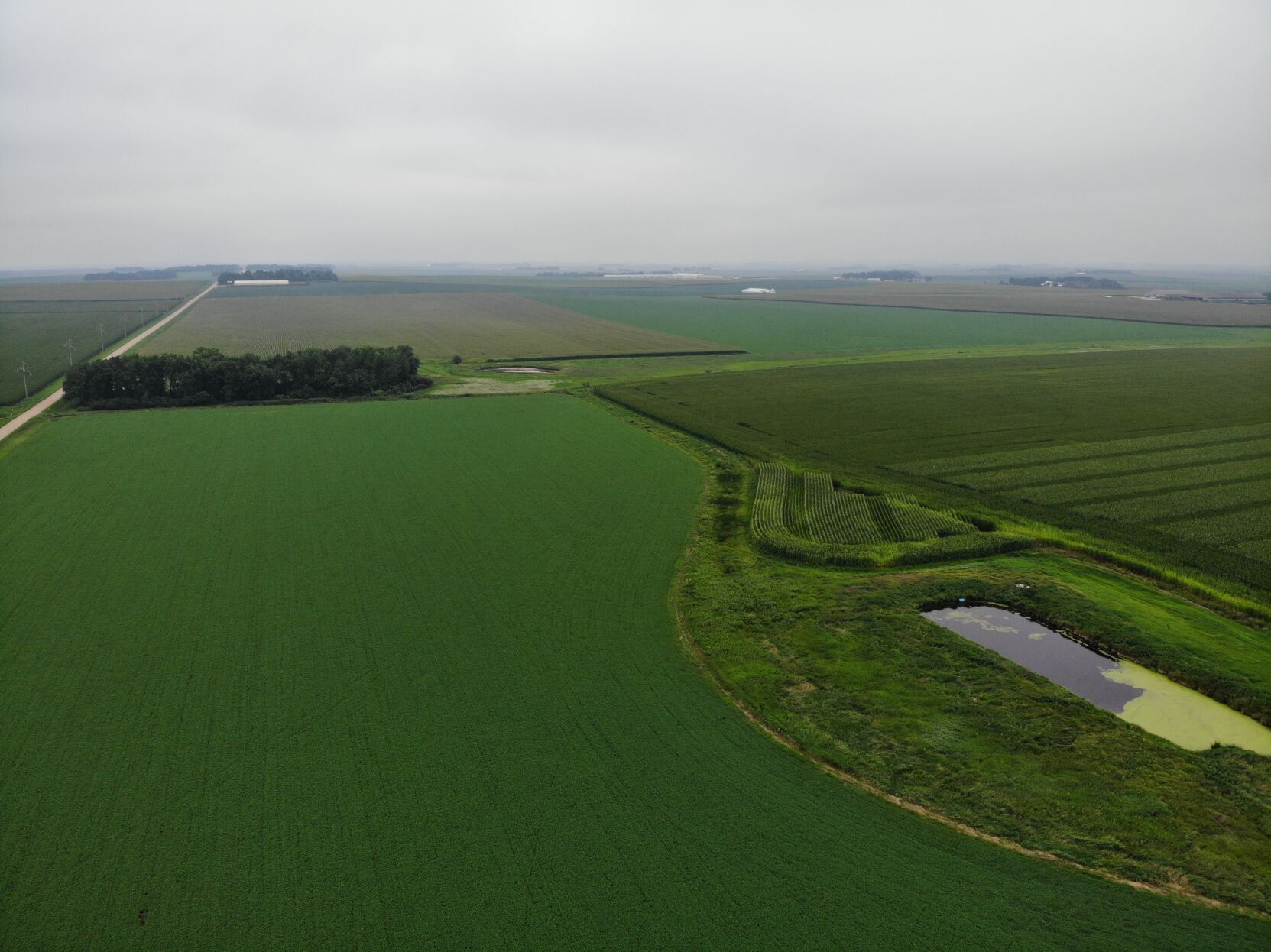Tight supplies, continued demand, more acreage for corn and soybeans

“I can’t remember a time when there were as many variables involved [with the World Agricultural Supply and Demand Estimates] as today,” remarked Jim Sutter, CEO of the U.S. Soybean Export council, at the beginning of a webinar discussing the U.S. Department of Agriculture’s newly released April WASDE figures.
The USDA raised its corn export forecast by 75 million bushels to a total of 2.675 billion bushels and raised projected feed usage by 50 million bushels to 5.7 billion bushels. The ethanol forecast was raised by 25 million bushels to a total of 4.975 billion bushels. Projected corn carryover was reduced by 150 million bushels to 1.352 billion bushels, equal to 9.2% of usage.
The WASDE made no change in its estimate of Brazilian corn production but reduced Argentina’s by 1%, or about 19 million bushels. China’s corn imports were kept at 945 million bushels, the same as the March report.
Jim Mintert, director of Purdue University’s Center for Commercial Agriculture, believes there is opportunity for corn basis to increase into the summer, along with some risk. He said the improvement in the ethanol basis is “stronger than I thought,” possibly due to forward commitments. But he added, “Without ethanol, it’s hard to see room for big basis improvements.”
Drought concerns
The report on planting intentions raised some alarm bells because the most dramatic increases in intended corn plantings occurred in the Dakotas—10% of intended corn acreage and about 25% of intended new soybean acreage. But the U.S. Drought Monitor indicates that region, including northwest Iowa and a bit of Minnesota, could experience drought conditions this year.
Corn, soy, wheat exports surge
USDA grain inspection figures showed how rising demand for grain from China and other Asian countries have boosted U.S. exports. In a webinar for the U.S. Soybean Export Council, Kevin McNew, chief economist at Farmers’ Business Network, noted China’s “major shift” to becoming a regular importer of U.S. corn.
Inspections of grain from all U.S. ports increased 50% from the first quarter of 2020 to the first quarter of 2021 (year to year) to a record 40 million metric tons, according to USDA’s Federal Grain Inspection Service.
At 18.8 million metric tons, first quarter 2021 corn inspections were up 55% from the 5-year average and up 95% from year to year. About 90% of first-quarter 2021 total corn shipments were destined for Asia and Latin America. First-quarter U.S. Gulf corn inspections increased 97% and PNW inspections jumped 194%.
At 23 million metric tons, first quarter 2021 grain inspections at U.S. Gulf ports were up 34% from the 5-year average and up 51% year-to- year. Also, U.S. Gulf corn inspections were up 97% and soybean inspections were up 52%.
Total U.S. Gulf wheat inspections decreased 53%, as a result of sizeable drops in shipments to Africa and Latin America. These drop-offs were likely due, the USDA said, to “stiff competition from Russian and Canadian wheat in the last few years.”
At a record-high1.7 million metric tons, first-quarter grain inspections for Atlantic and Great Lakes ports were up 171% from the 5-year average and up 285% from year to year. These large increases mainly reflected higher soybean inspections and record-large wheat inspections. Total grain inspections in the Atlantic and Great Lakes increased primarily to Asian destinations.
China’s total soybean imports were 3.67 billion bushels from all sources. World ending stock were estimated at about 115 million bushels higher than the March forecast.
Net farm income per acres in 2021 I forecast to be the highest since 2012—which is good, since government COVID-relief payments have mostly ended. Michael Langemeier, associate director of Purdue’s Center for Commercial Agriculture, mentioned profits per acre of high-productivity soil in central Indiana for corn and soybeans as high as $150. Langemeier said he wasn’t expecting any government payments for the 2021 crop.
David Murray can be reached at [email protected].


